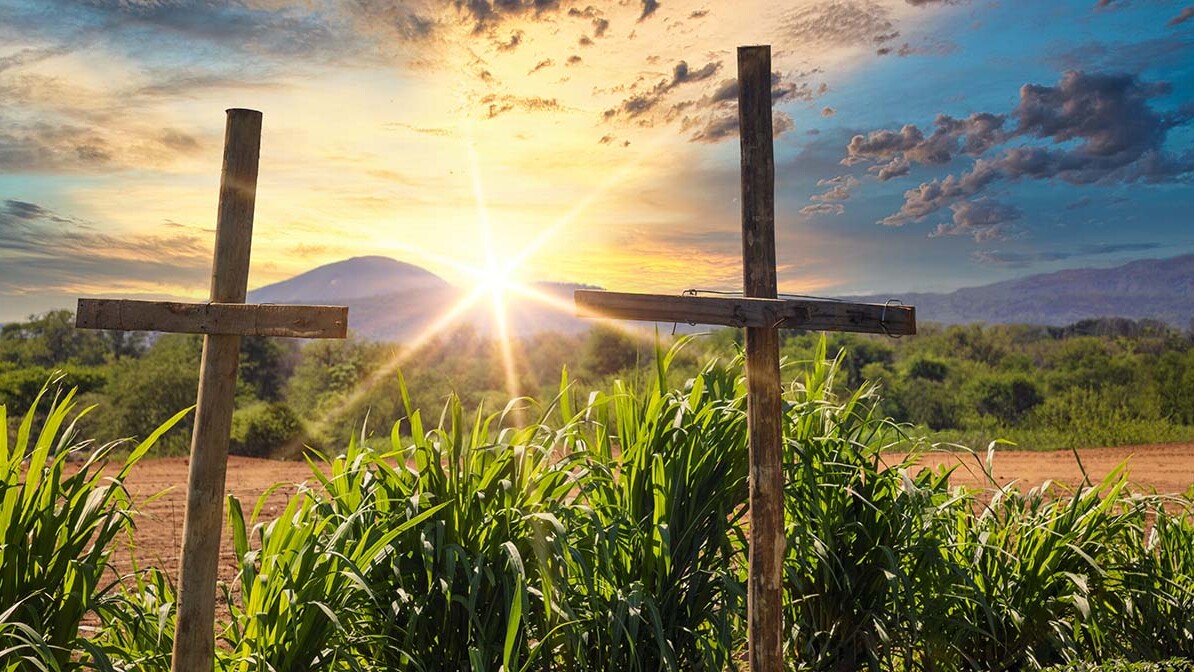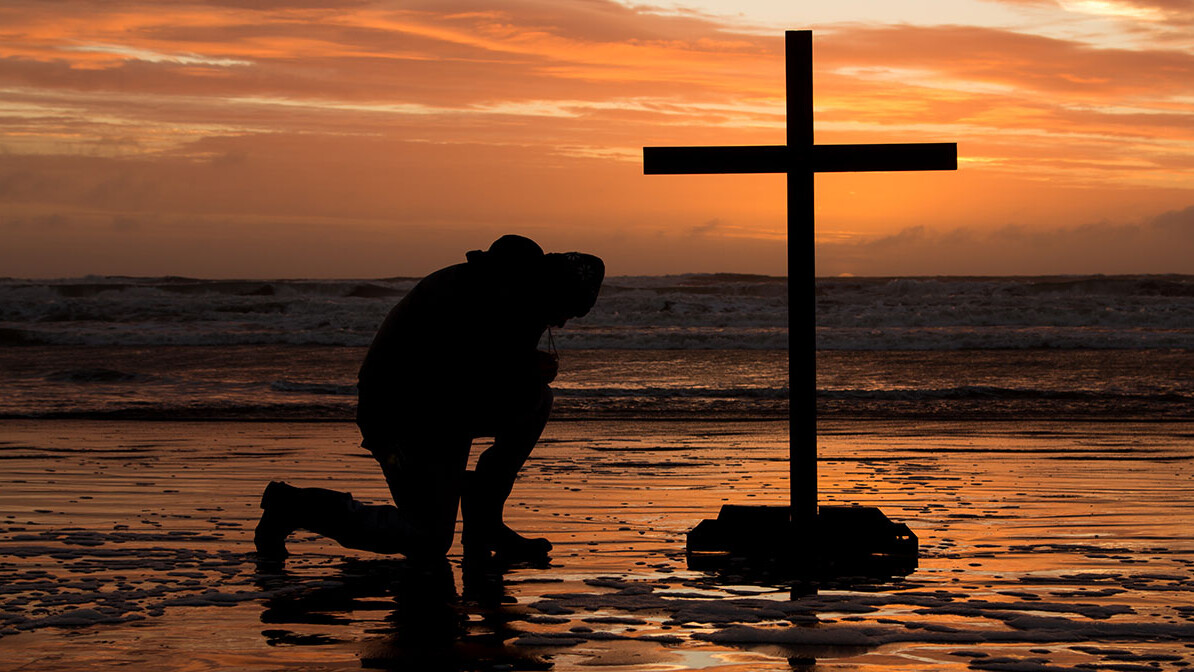- Home
- Spiritual Life
- Weight of the World
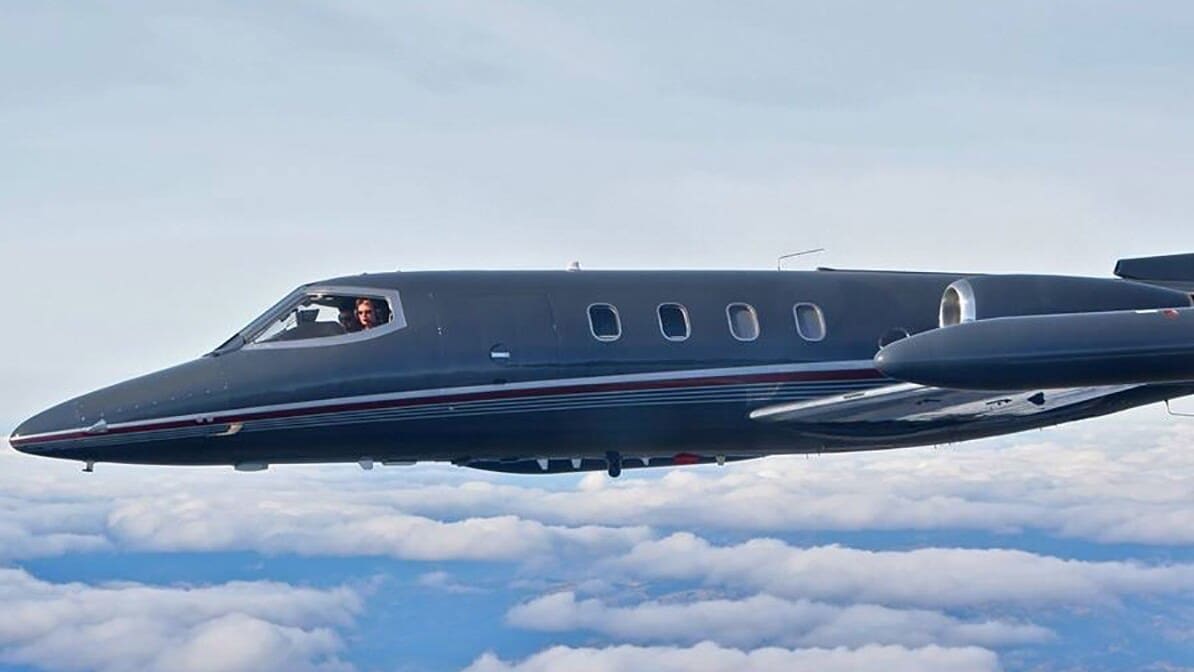
Weight of the World
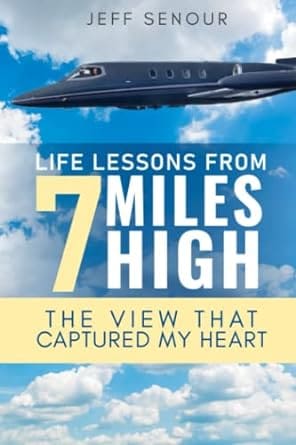
Excerpt taken from Life Lessons from 7 Miles High: The View That Captured My Heart by Jeff Senour
Chapter 1
Weight of the World
Aviation is an excellent metaphor for life. Both are about perspective, coping with fear, and expanding in gratitude.
I believe we are put here by God with our own unique gifts. The beauty of his creation is no two of us are alike and we are placed here for a purpose. It’s our job to find those gifts and use them for something good, do something productive and be an asset to this world, not a liability. Since I was a young boy, flying airplanes and playing music was in my blood and I have been extremely blessed to do both. As an aerial film pilot, there are moments of excitement and awe and also on very rare occasion moments where I have had to face fear and the unknown. It’s what you do during such times that reveals what you’re made of. Filming large aircraft going over 300 miles per hour is as safe as we make it as a result of thorough briefings and protocols. However, there are times unforeseen situations can emerge, kind of like life when we are presented with split-second decisions that have to be made.
A safe flight starts with your mindset. You prepare by being well-rested and at the top of your game, our best shot at sticking that landing at the end of every mission is by being prepared for emergencies, knowing our contingency plans, and setting ourselves up for success. The best kind of landing anyone could ask for is a safe one of course but as aviators we constantly strive to make that landing the best one. It’s a never-ending quest to come as close to perfection as we can, even though we don’t ever quite achieve that perfection. It’s in our blood to set a goal for the perfect flight and is probably why we are sometimes misunderstood as having big egos. It’s not so much about ego as it is about mastering something that takes years to accomplish and do well. Just like there is no perfect day or no perfect music performance, there is no perfect flight as well but a constant attempt at doing it better each time.
One of the biggest character builders of my aviation career was filming a Boeing 747 for a commercial airline. As a boy, I would have never dreamt that I would be flying formation with large aircraft for major commercials but here I was. Every time you fly an aerial photo chase, there is a considerable amount of pre-flight planning that goes into it. There is also an extensive briefing with the other pilots and crew to ensure the safety of every flight. From start up to shut down, we brief the flight like a choreographed dance so that every safety aspect is discussed to alleviate any surprises in the air. Flying formation next to a 1 million pound of metal lifted in the sky by its massive wings is safe as long as you’re in the right place. Get in the wrong place and it can turn into a fatal experience. Life is like that where things don’t always go as planned and many times unforeseen events can change our flight path and even change the way we do things.
It was a beautiful morning in Southern California. We were going to film the engineering marvel of a Boeing 747 for a major airline to show off their product for a commercial. Weighing in at close to 1 million pounds, there is so much wake turbulence that is generated from the lift of its wings, it can easily turn a smaller airplane upside down if caught up in it. Looking at it on the ground, it’s hard to imagine something that big can fly let alone cross oceans with ease in a few hours. It’s my job as an aerial pilot to capture the beauty of this machine in flight while at the same time keeping everyone concerned safe. If I place our aircraft in the wrong position, the large behemoth can flip a small airplane like our Learjet upside down in an instant and do significant damage to the plane if not cause numerous fatalities. It’s the equivalent of almost 15 semi-trucks fully loaded flying at over 300 miles per hour.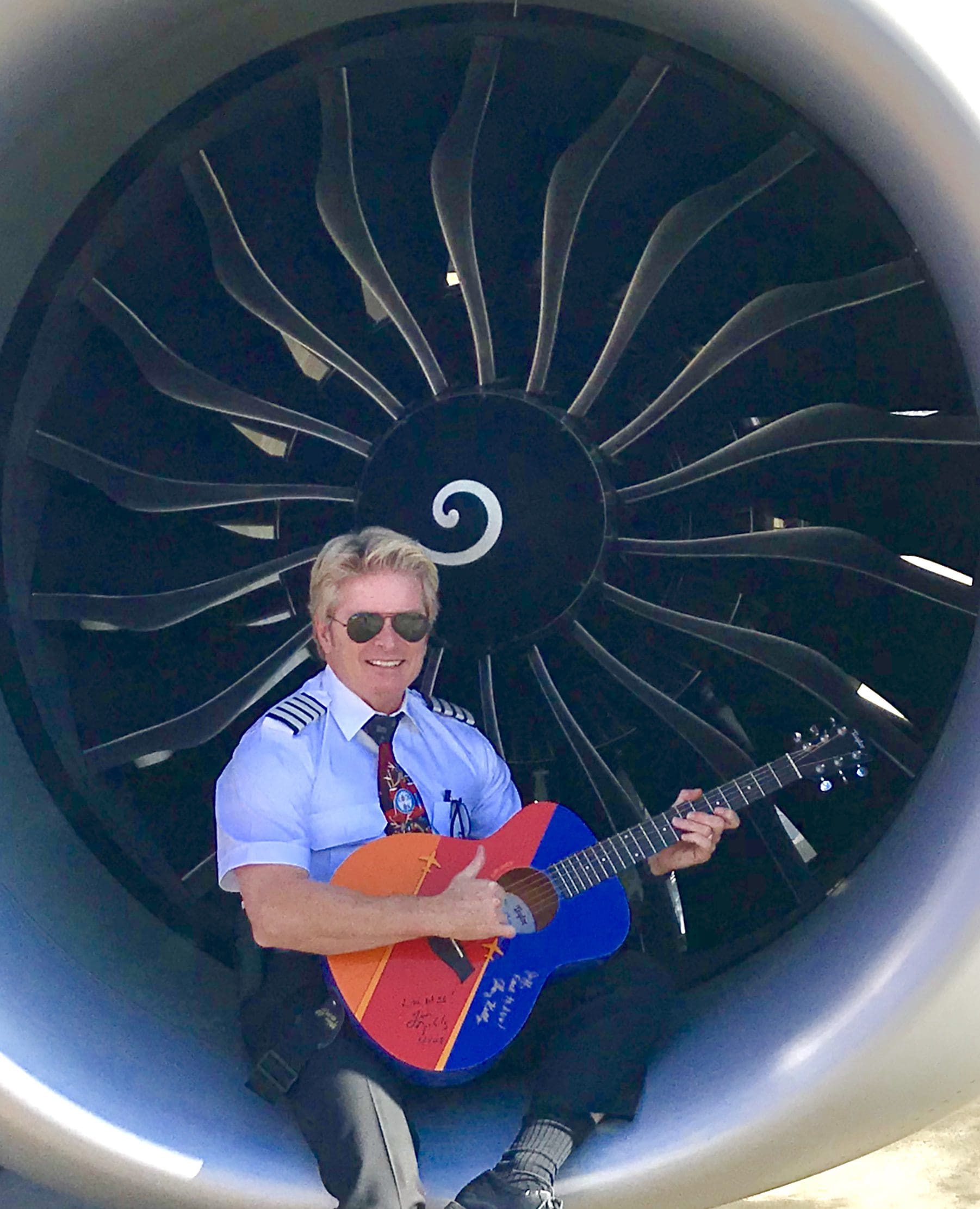
As the aerial pilot/aerial coordinator, it is my job to fly the Learjet like a movie dolly around the other aircraft. The key is to do it smoothly for the camera and stay out of the wake of turbulence to avoid an accident. I fly next to, underneath, all around and over the top and all around the massive bird to create motion on-screen by slowing down or going across their nose and tail for the dramatic footage you see on commercials and movies.
After our 2-hour brief about the upcoming flight, both aircraft took off. We start with what is called an “airborne pickup.” We do a flight of two and check in with the tower to let them know both flights are ready for take-off. I took off first and entered a tight traffic pattern while the subject airplane (in this case, the 747) was on the runway, ready for take-off. As I come around from 1,500 feet and make my rectangular pattern, I tell the other pilot to power up in 20 seconds. As I arch around and descend toward the ground at 200 knots, I count down over the radio to the other pilots, 5,4,3,2, and release the brakes. From a standing start, they are accelerating while we are doing around 160 mph low to the ground down the side of the runway. When the timing on my part is correct, they rotate to take-off and we are established in formation on their wing and climb out side-by-side as a flight of two. There is so much thrust generated by the subject aircraft when we get close to the runway it’s like hitting a wall of air that bumps our aircraft.
We proceeded to choreograph the 747 through many shots of the Sierra Nevada mountains and terrain flying out of Los Angeles International Airport as our natural backdrop. One of our favorite shots we had done many times required the other aircraft to fly under us and emerge out the front of our plane. As long as they had visual contact with us, they could stay a safe distance apart. With a two-take sequence—the first being with our camera lens looking backward while the nose of the colossal jet enters the frame. Then, we would rejoin and do the same thing with the camera looking forward as the subject jet enters and then leaves the frame. With the help of editing, this would look both beautiful and seamless.
We were all set to do the first take, and I got in the lead so the 747 Captain could position behind us to start the shot. Once in position, I told him to accelerate forward. We had done hundreds of these shots before, but for some reason, this one felt different. Through the camera monitor, we watched the giant jet slide through; as it disappeared out of the frame, I had an eerie feeling. I couldn’t see him because he was right underneath us. Then, I felt our plane lower slightly like a vacuum was sucking us in. There was a moment of silence and anticipation. Suddenly, like a shark fin sticking out of the water, the tail of his airplane passed by our right window. He had miscalculated his distance from us and gotten too close! It was like a giant whale going by us realizing by God’s grace we had just missed hitting each other. Once he passed, there was silence in our aircraft as everyone was processing what happened. It was a miracle the huge airplane didn’t hit us—which most likely would’ve been a fatal, mid-air collision.
There are moments in your life when something happens that shows you who you are and what you’re made of. At that moment, I had to contain every emotion I had and exhibit courage to my crew that I was concerned but not outwardly show that I was afraid hopefully giving them confidence that we were ok. As the Captain of my aircraft, it was up to me to show composure, leadership, and courage even when I was scared to death deep down. My reaction calmed everyone down (for the most part). We finished the other shots on our shot list and flew back to Los Angeles for a debriefing. I learned a valuable lesson that day: life can dish things out unexpectedly, and we find out by our reaction at the moment if we have what it takes to face it head-on and triumph.
In today’s world, our culture seems to want to avoid any bumps in the road. On that day, as scared as I was, I learned never to take that shot again. When faced with adversity in life it’s up to us to come up with solutions to remedy the problem. So I came up with an idea we would fly over the top of them and reverse print the footage. That way, we still got the same results—but safely.
…
Order your copy of Life Lessons from 7 Miles High: The View That Captured My Heart by Jeff Senour
Trending Now
Sign up today for your Inspiration Today Daily Newsletter
Supercharge your faith and ignite your spirit. Find hope in God’s word. Receive your Inspiration Today newsletter now!
Jeff Senour
Jeff Senour is an acclaimed Hollywood stunt pilot, aerial photographer, and multiple award-winning singer-songwriter. His vertically focused journeys are the subject of his book, Life Lessons from 7 Miles High: The View That Captured My Heart. On April 21, 2023, Senour released his debut single, "Angels Watching Over Me," with Mi5 Recordings/Universal Music Group. The single entered the DRT Global Top 50 Rock Airplay Chart at #29 and quickly rose to #16. Learn more at ctsmusic.com
Related Articles
December 12, 2025
Discipleship Without Borders: How Free Online Resources Change Lives
Every day, people around the world come to Jesus through our ministry—and many of them long for…
December 11, 2025
A Heart for Africa: Partner in Global Christian Missions & Gospel Outreach
Dr. David Livingstone gave his life to reach Africa with the Gospel. Today, your generosity…
December 9, 2025
Partners for the Great Commission: Activating the Gifts God Placed in You
The Great Commission is one of the most extraordinary invitations God gives His people—an…
December 8, 2025
Good Without God? Why Being Nice Won’t Get You Into Heaven
Can someone be good without God—and is goodness enough to get us into Heaven? Our culture loves the…
Next Steps To Strengthen Your Walk
Inspiration Today Newsletter
Supercharge your faith and ignite your spirit. Find hope in God’s word. Receive your Inspiration Today newsletter now!
Christian Articles
Find articles to strengthen your walk and grow your faith. We have a wide range of topics and authors for you.
Submit A Prayer Request
We are here for you. Simply click on the button below to reach us by form, email or phone. Together we will lift our hearts and voices with you in prayer.



